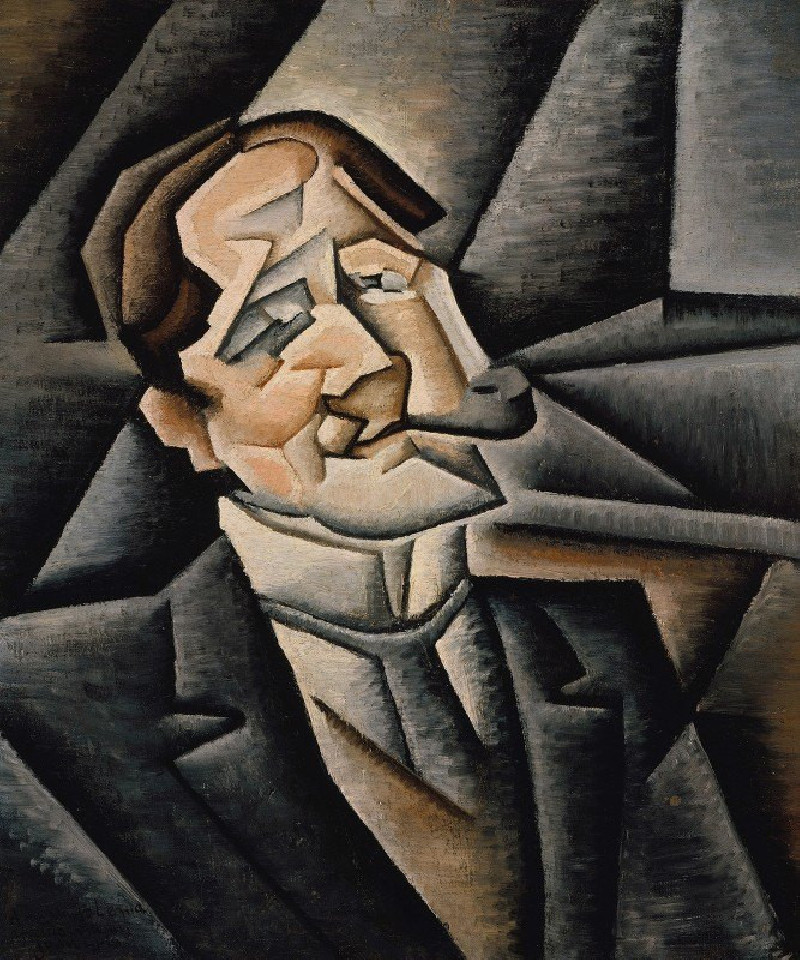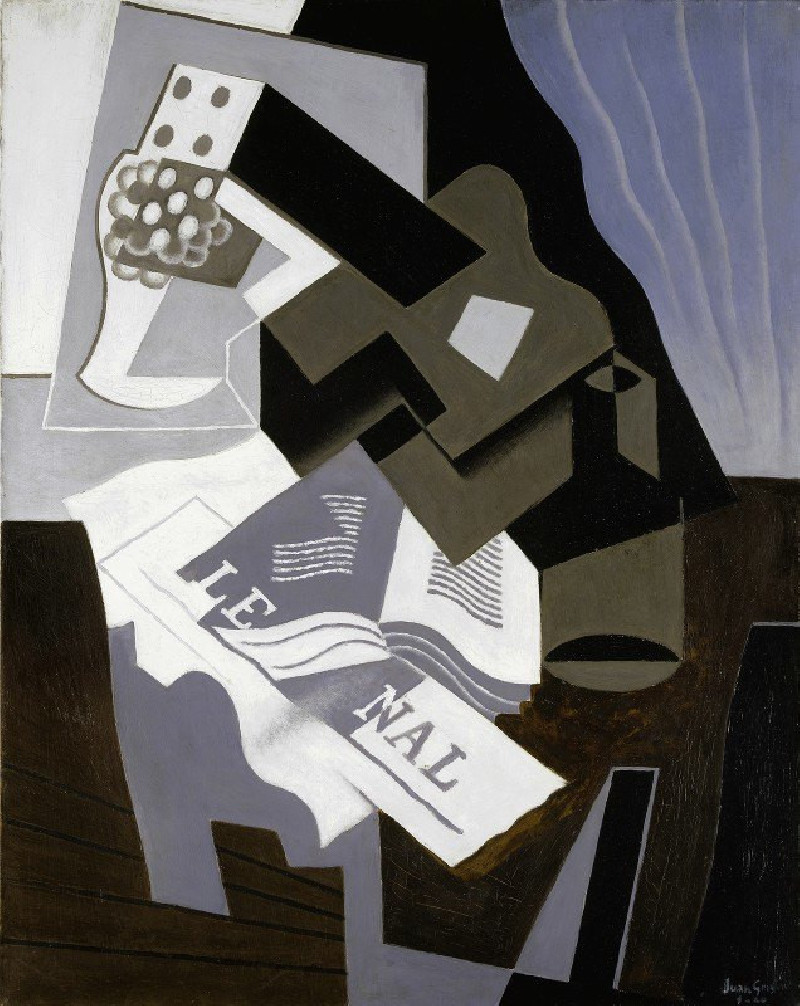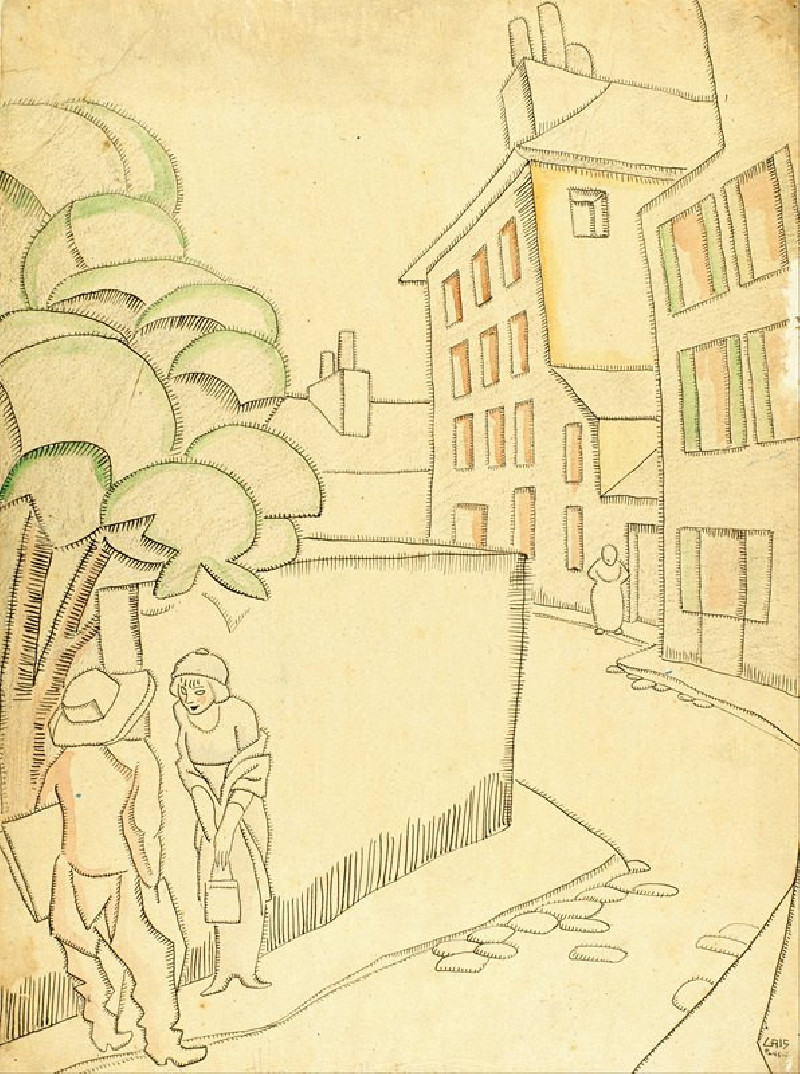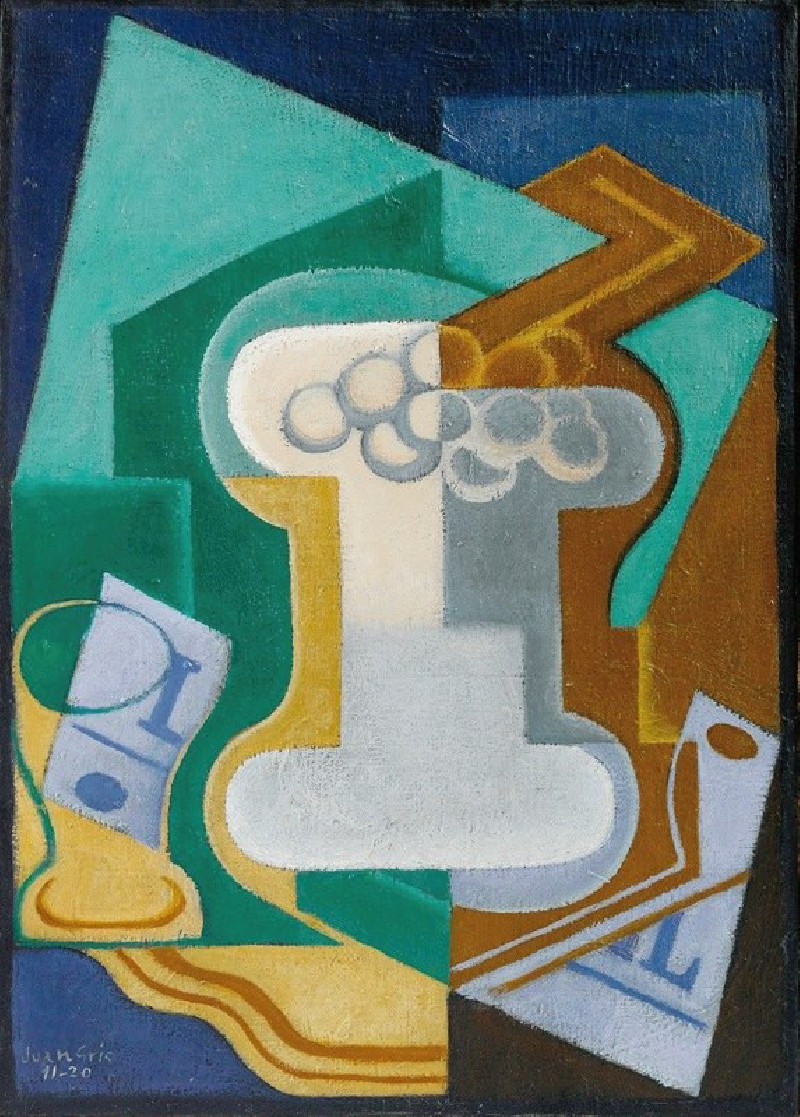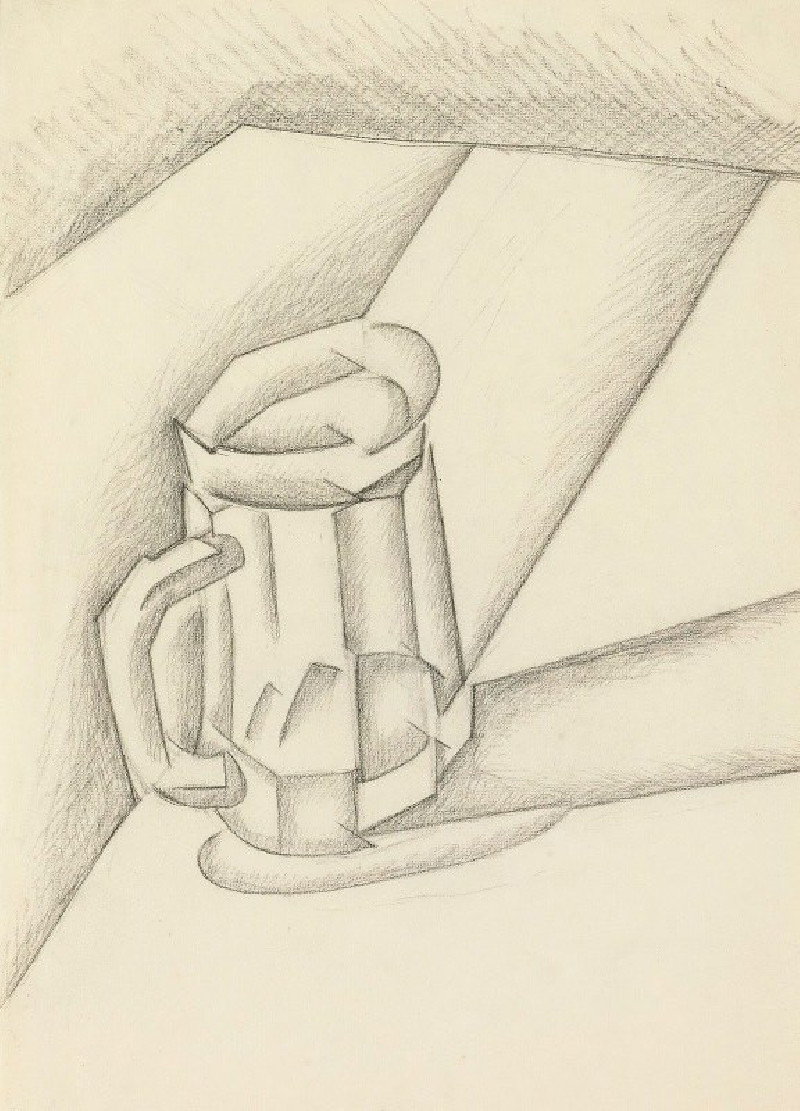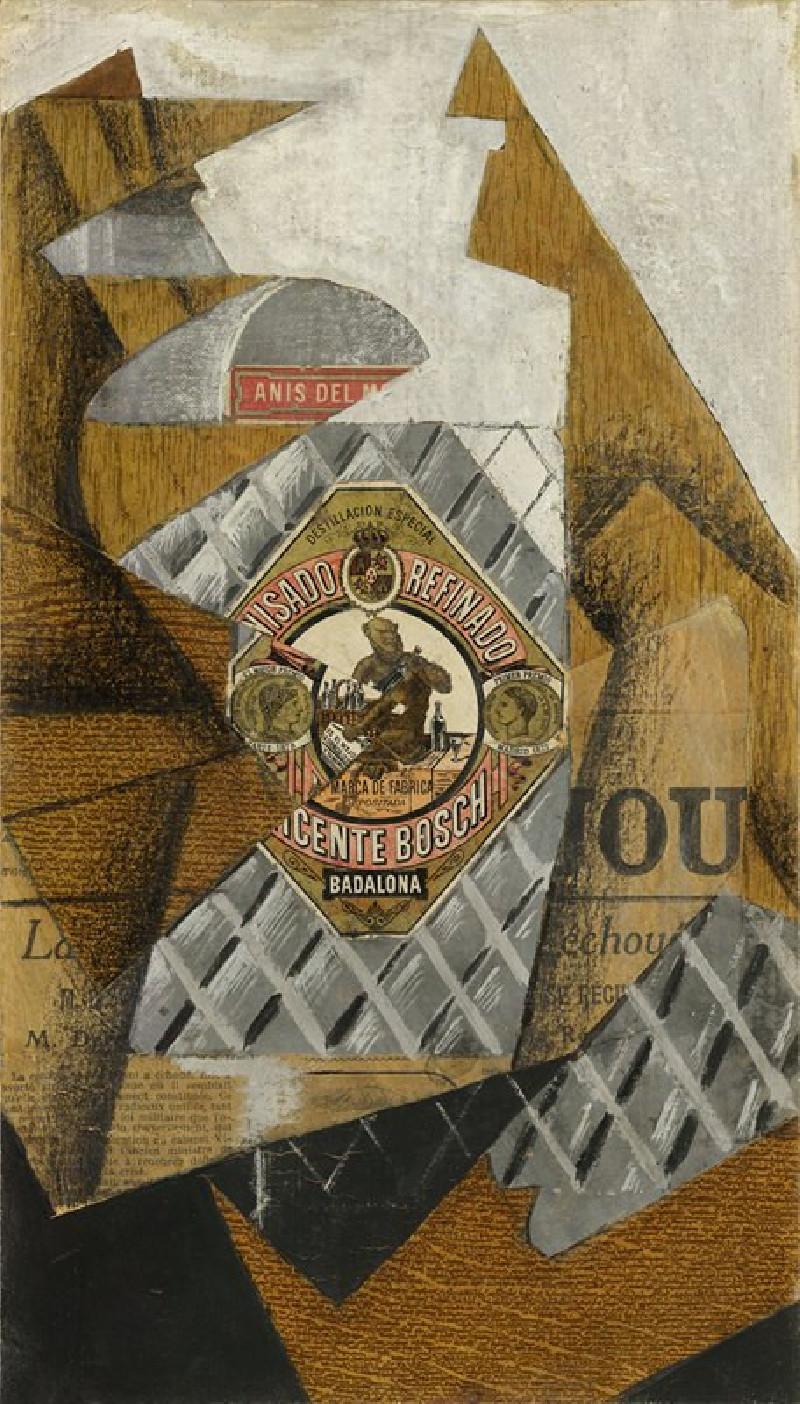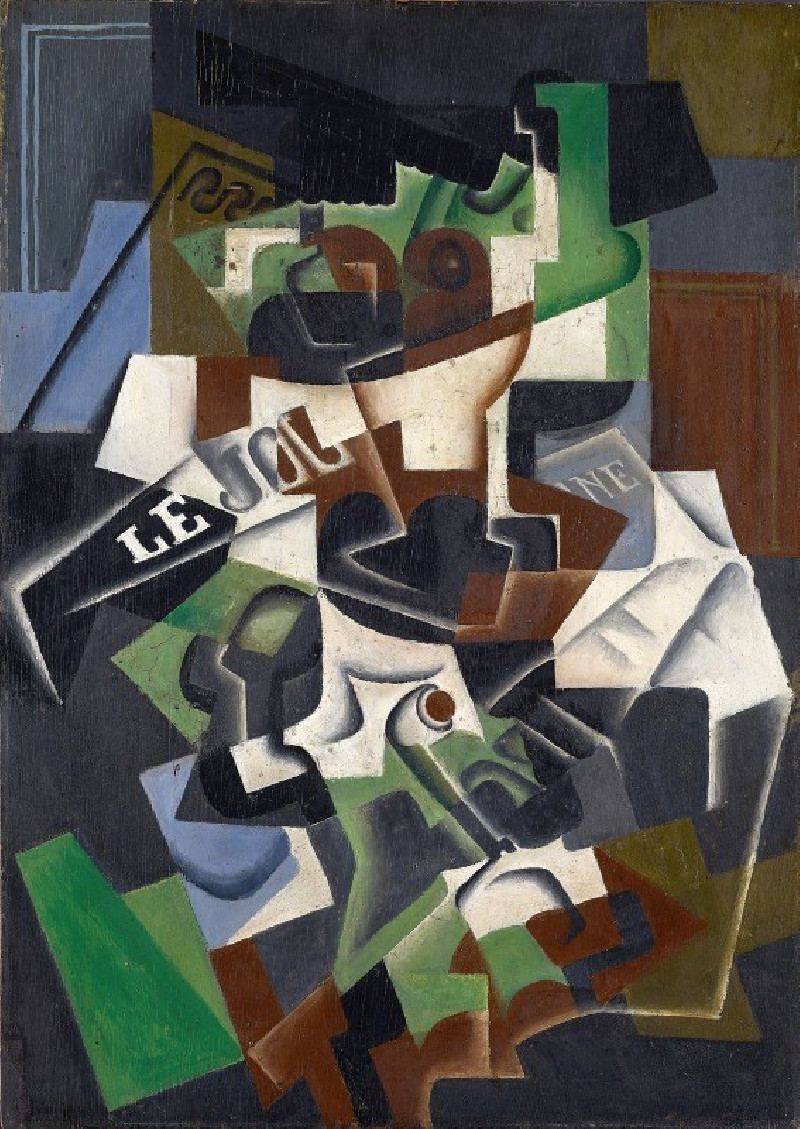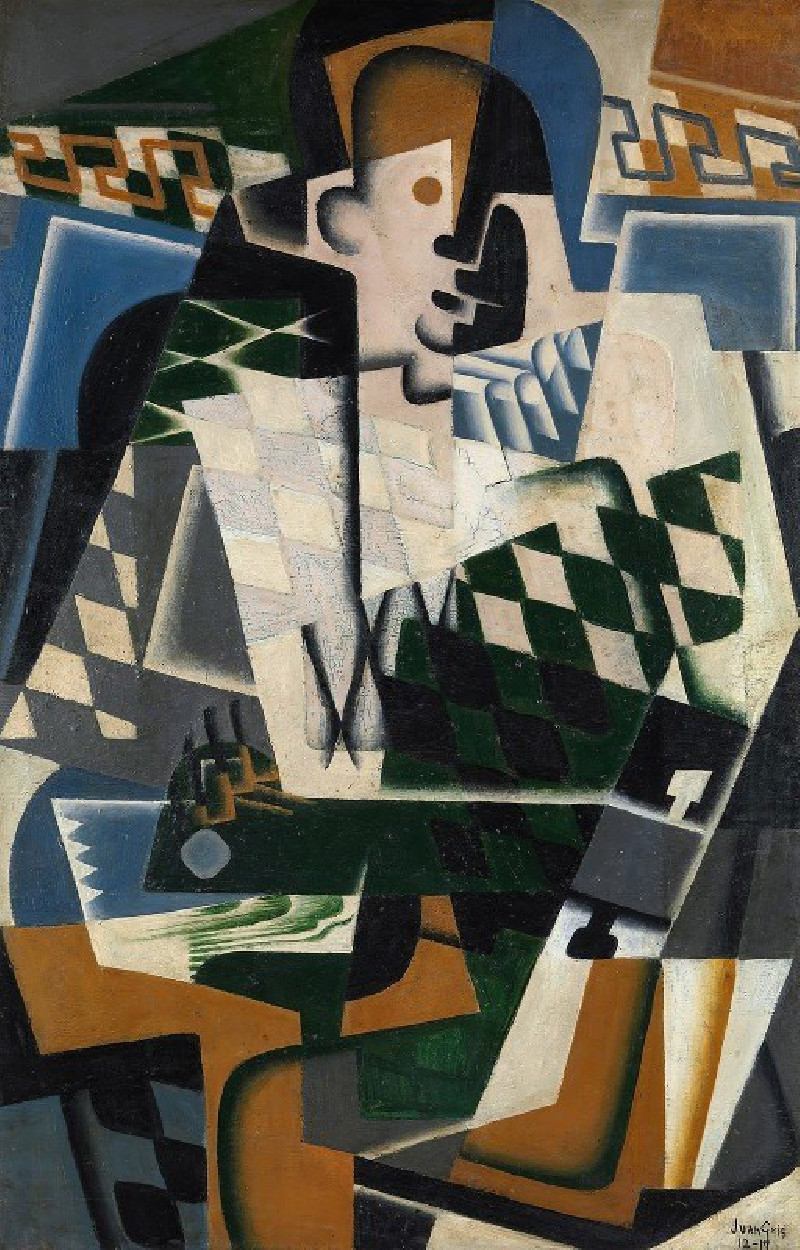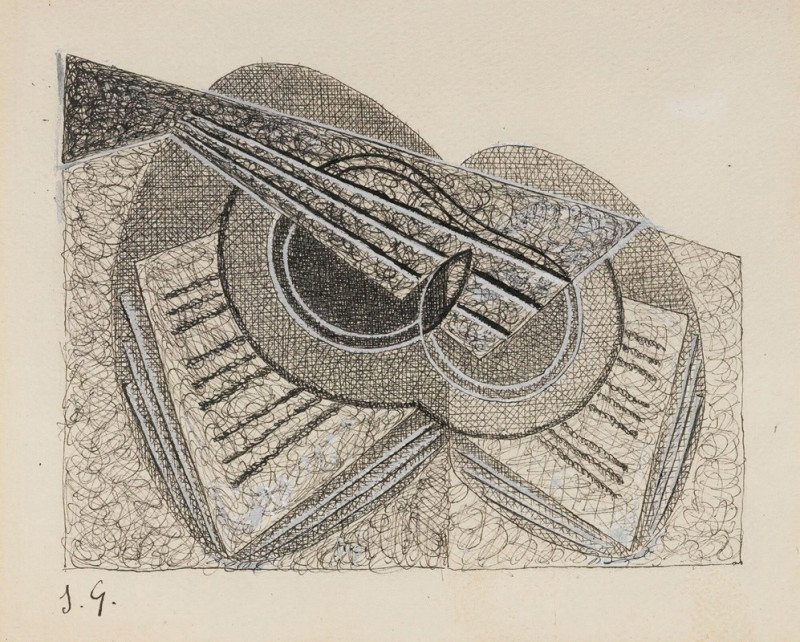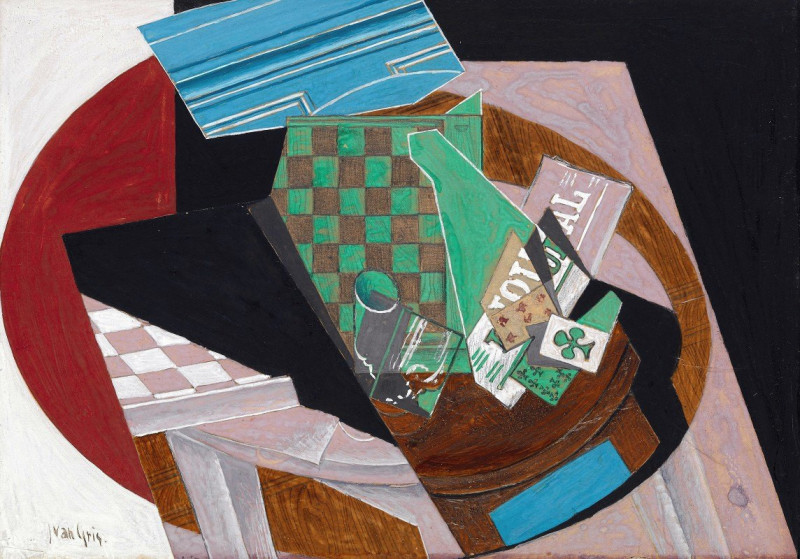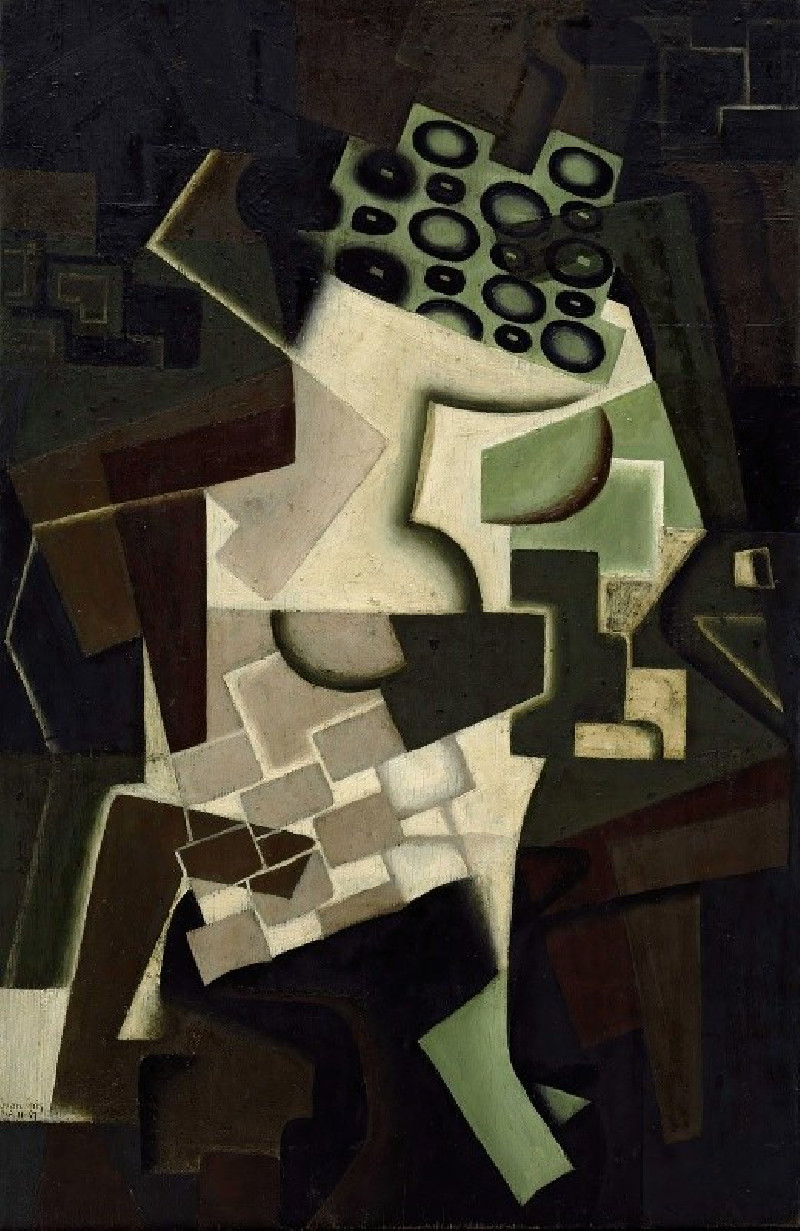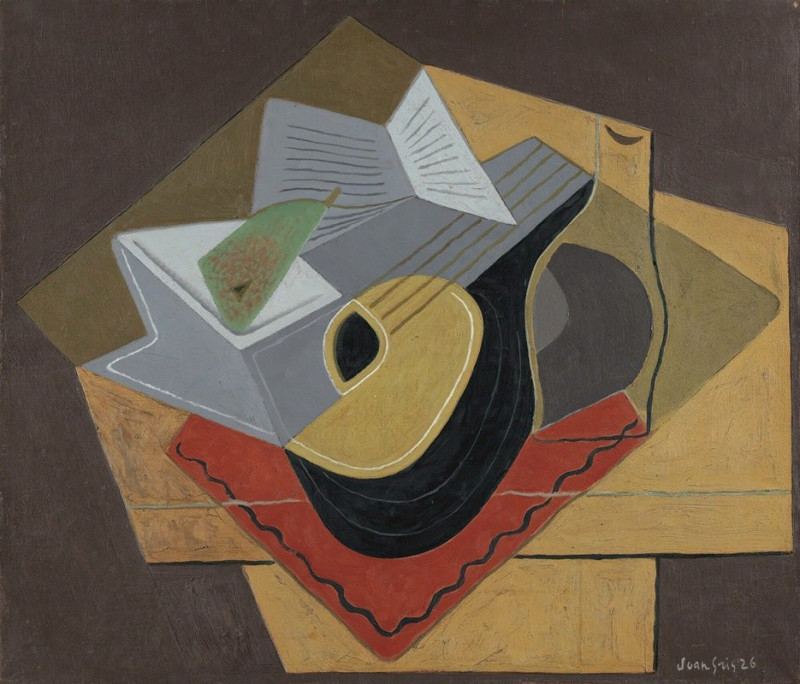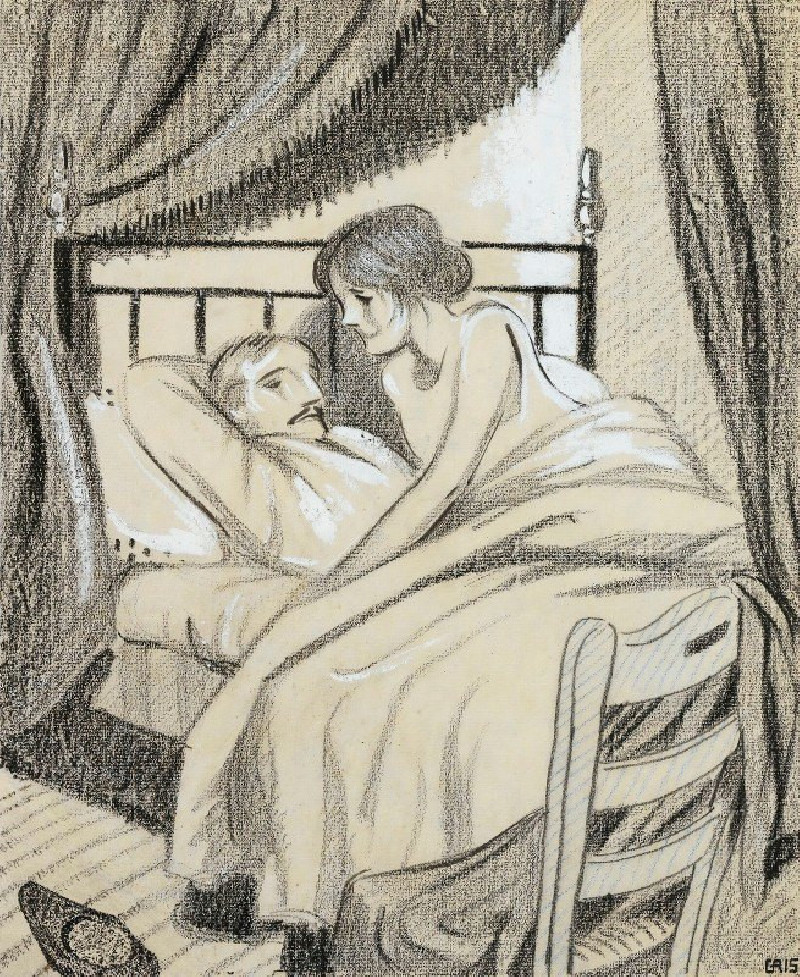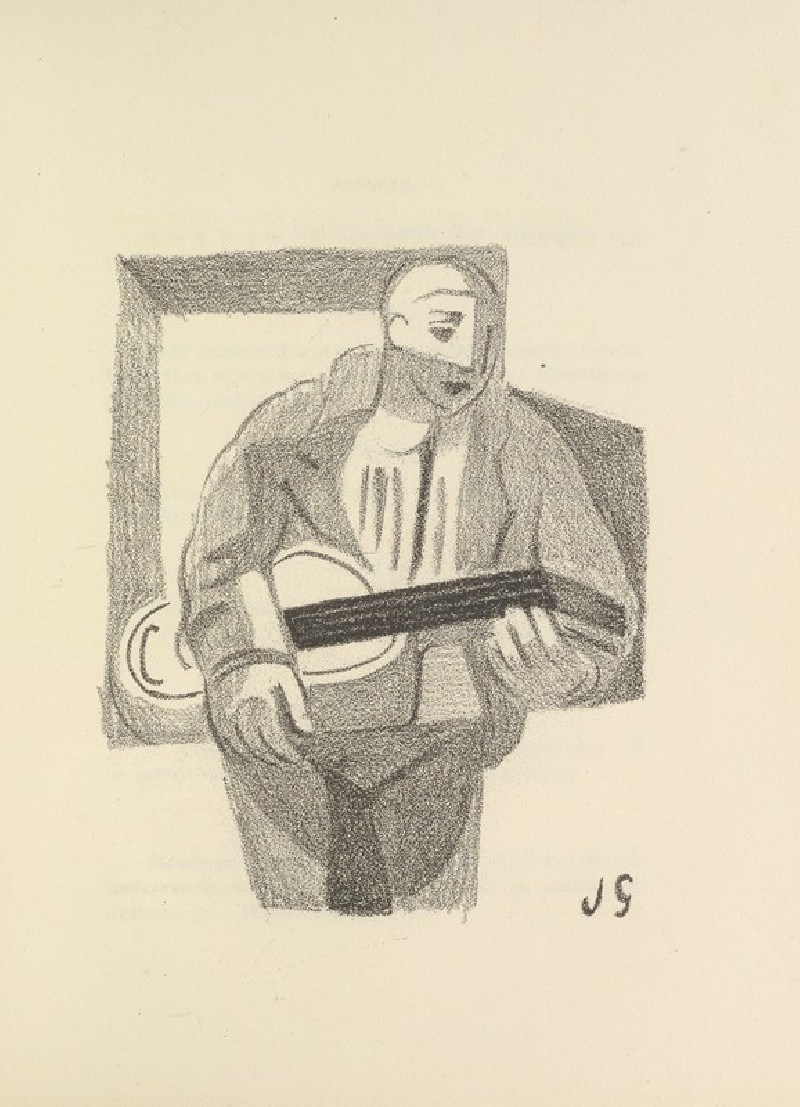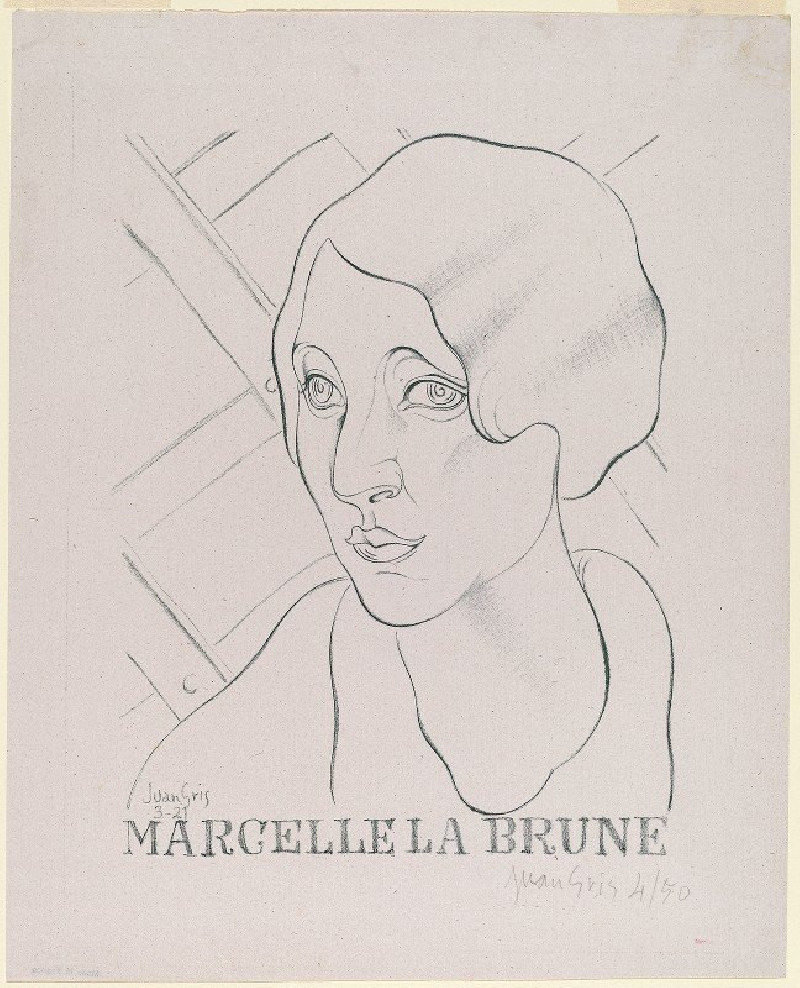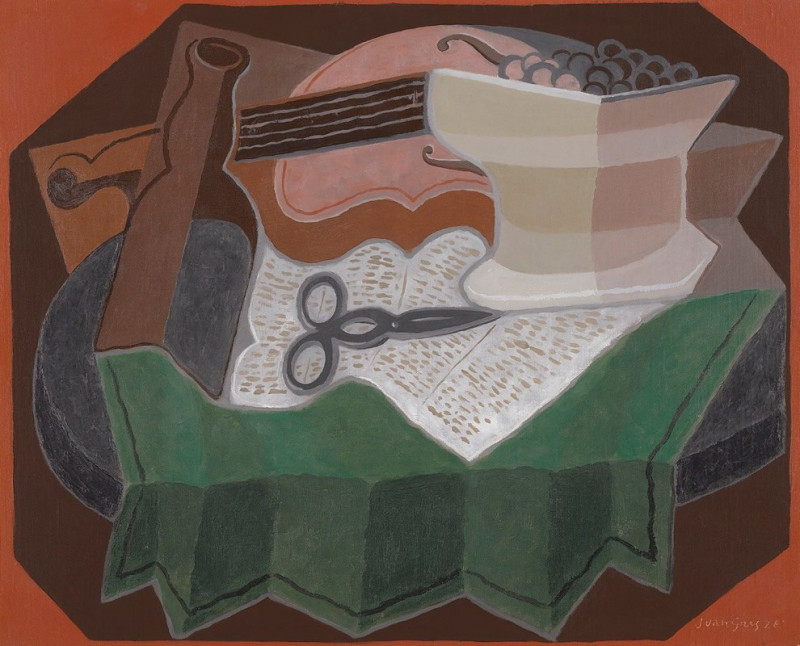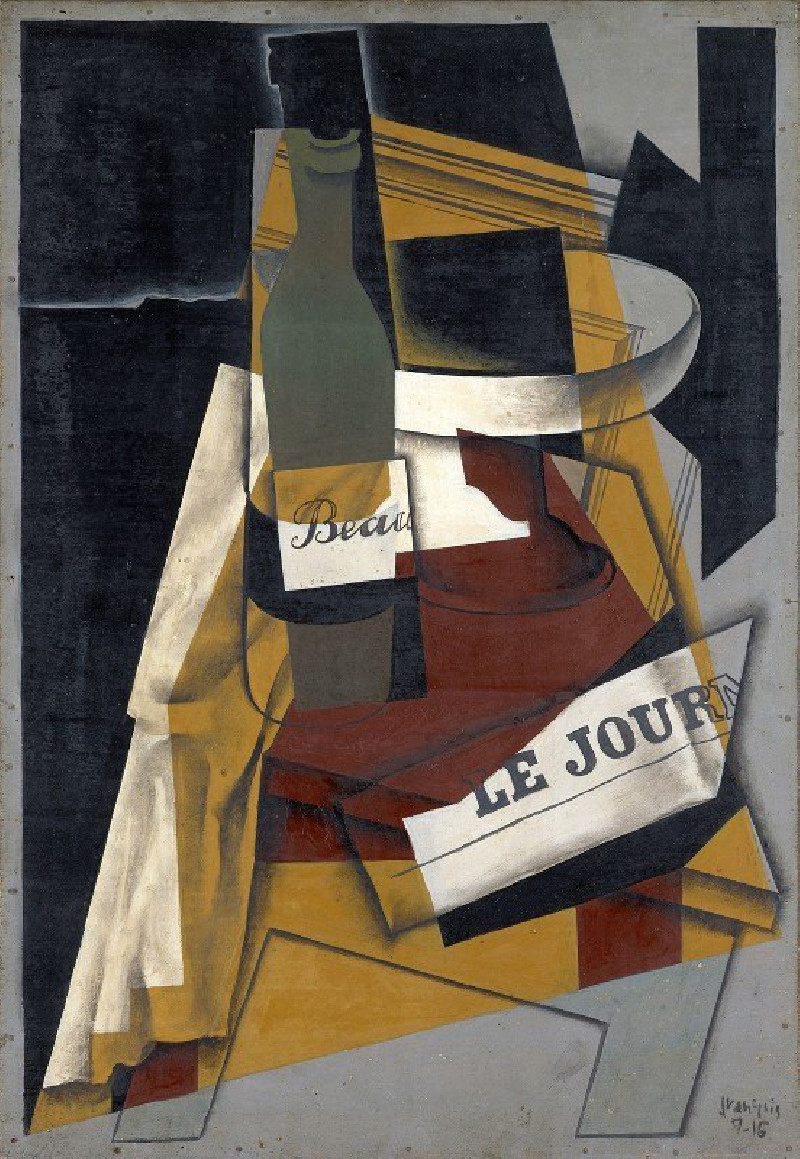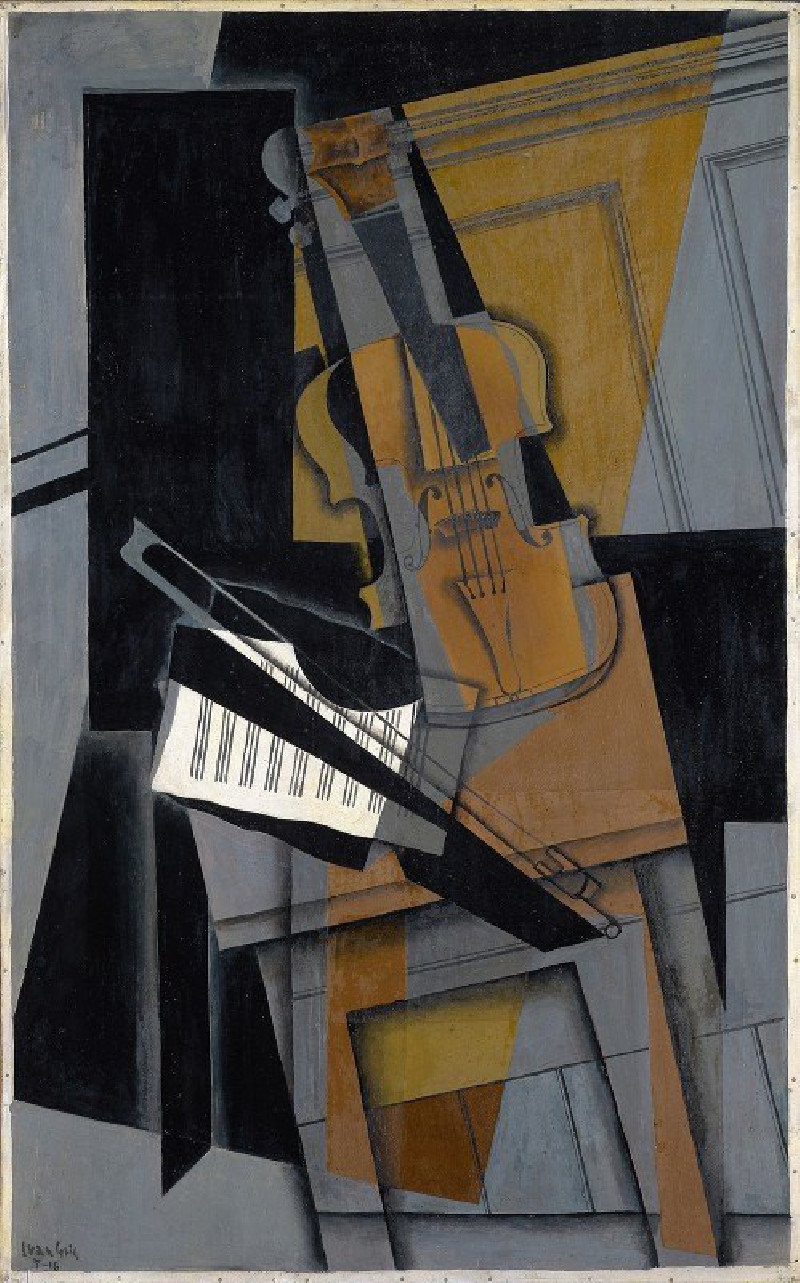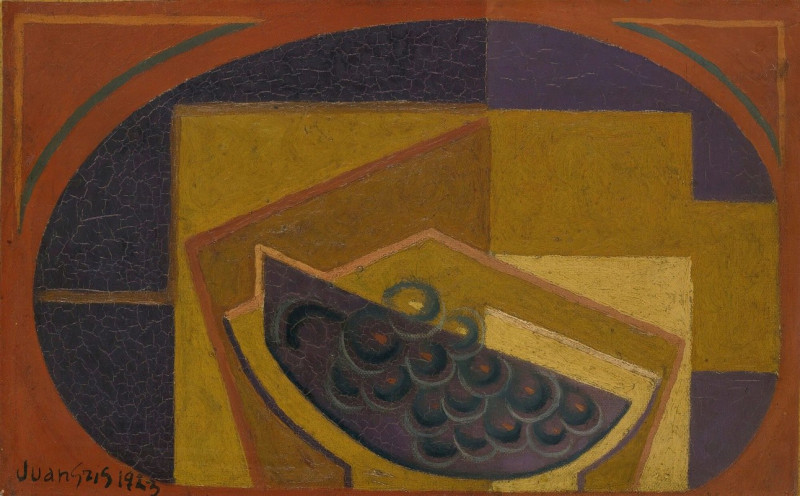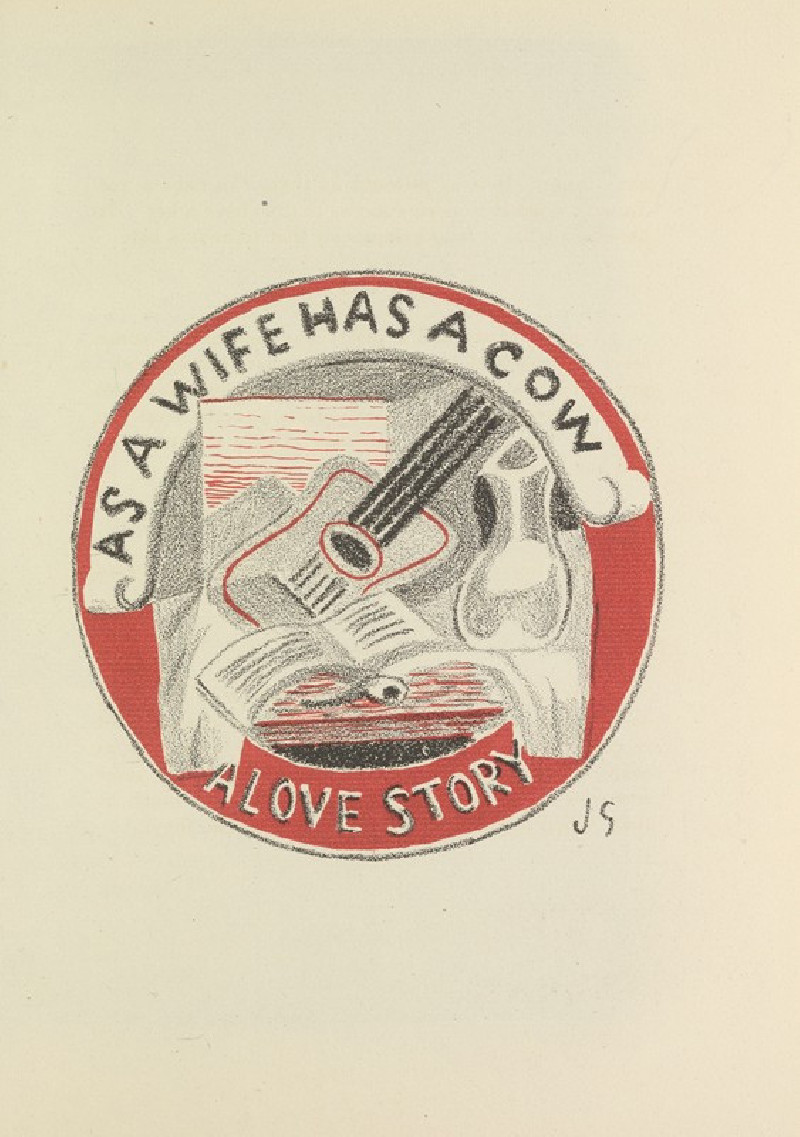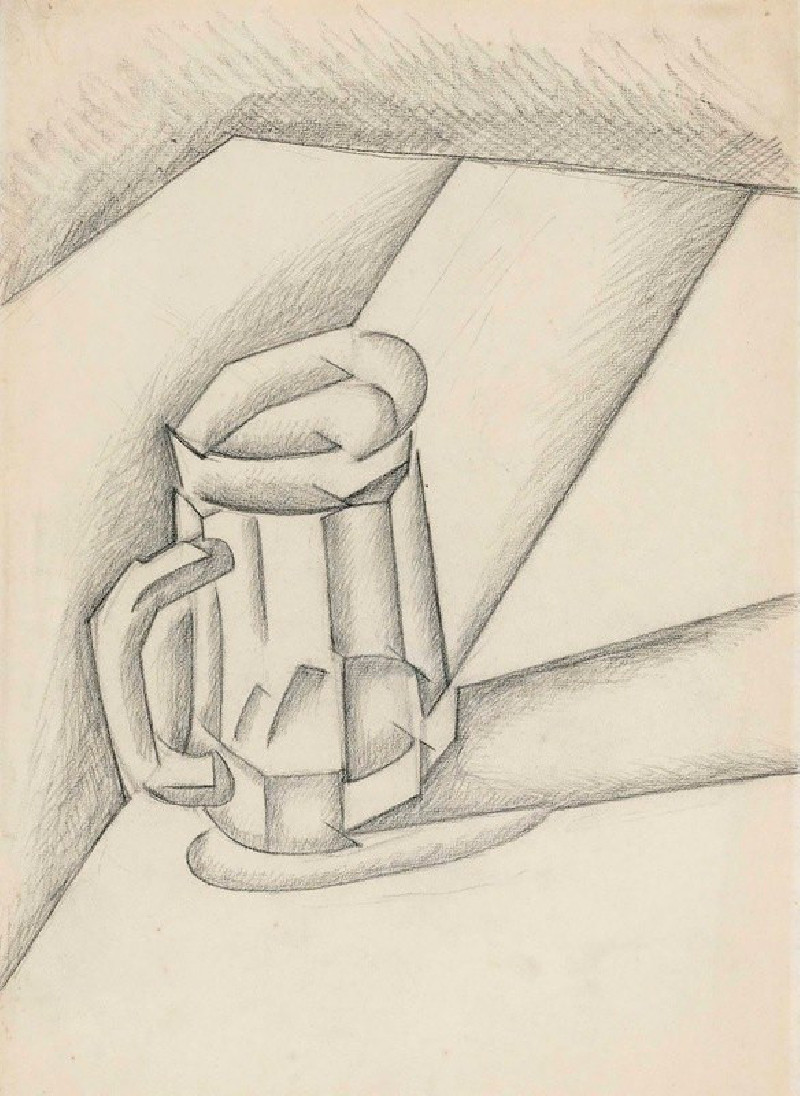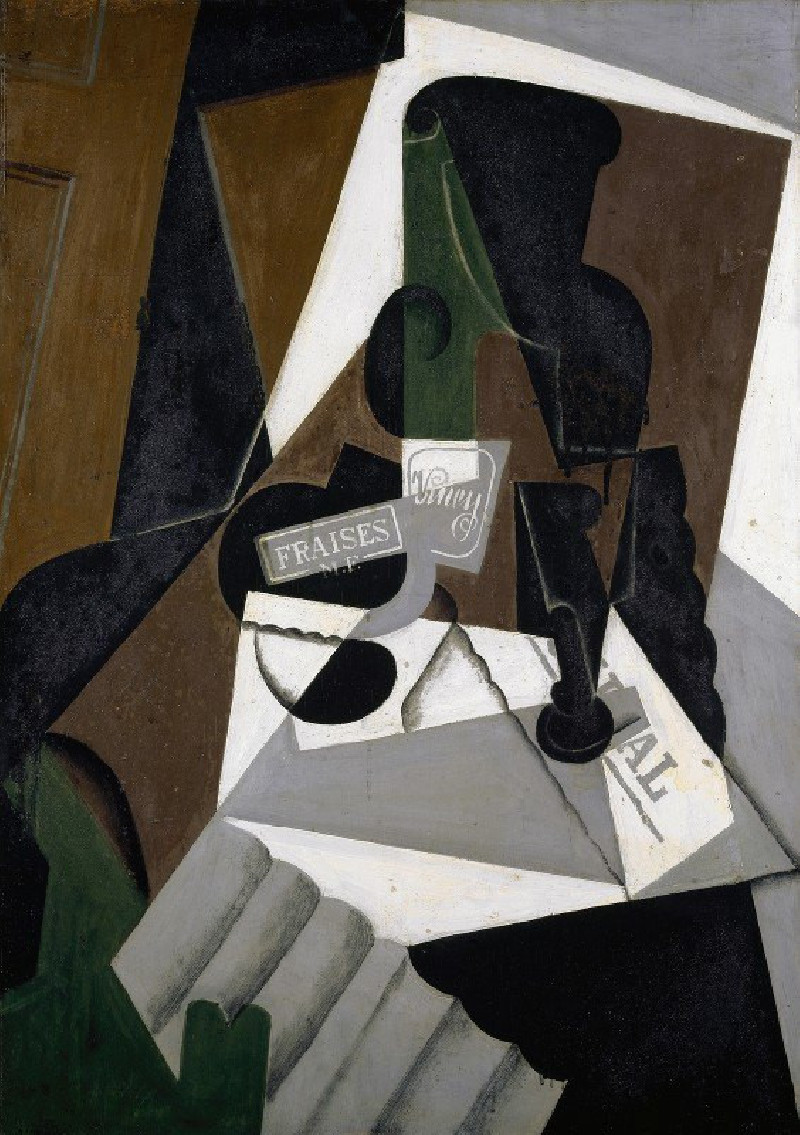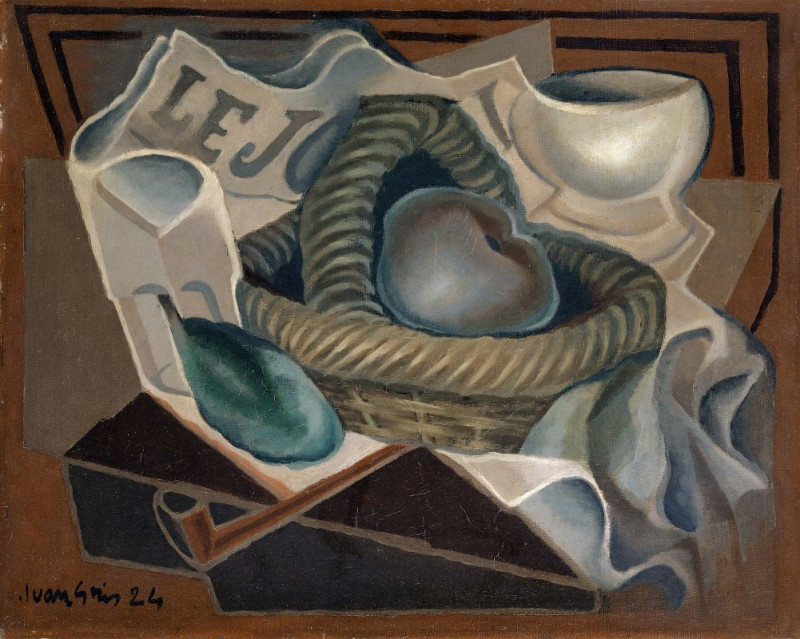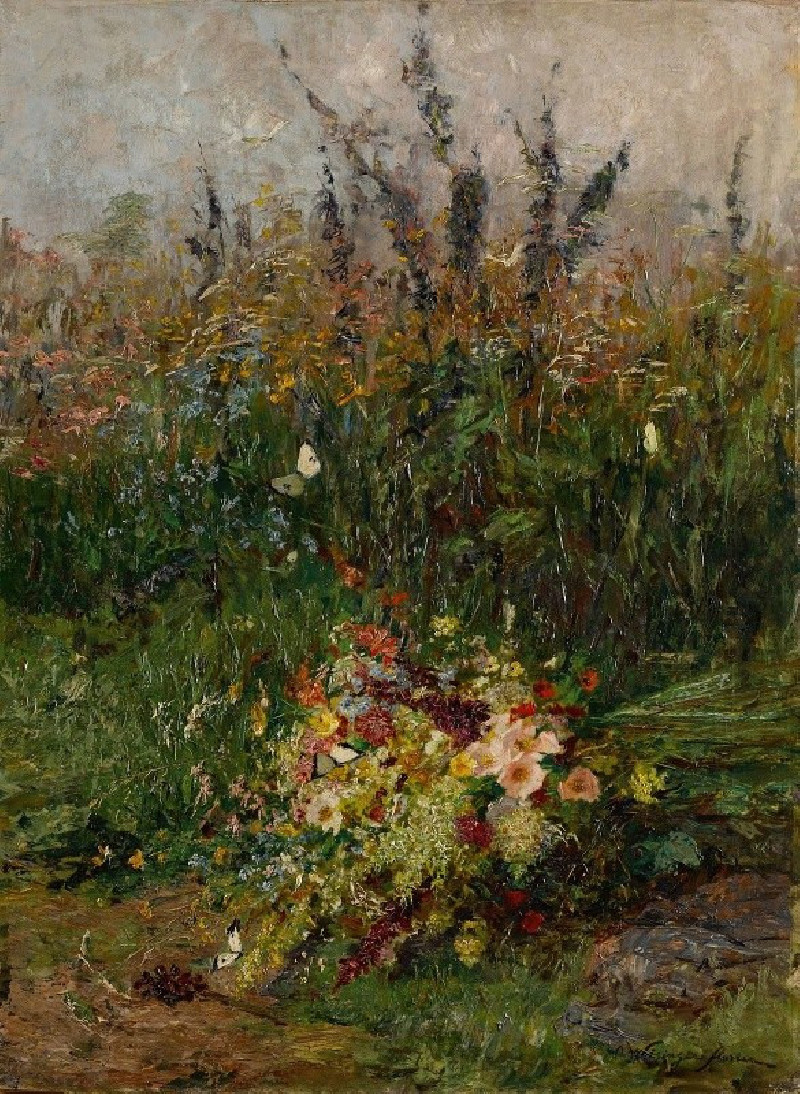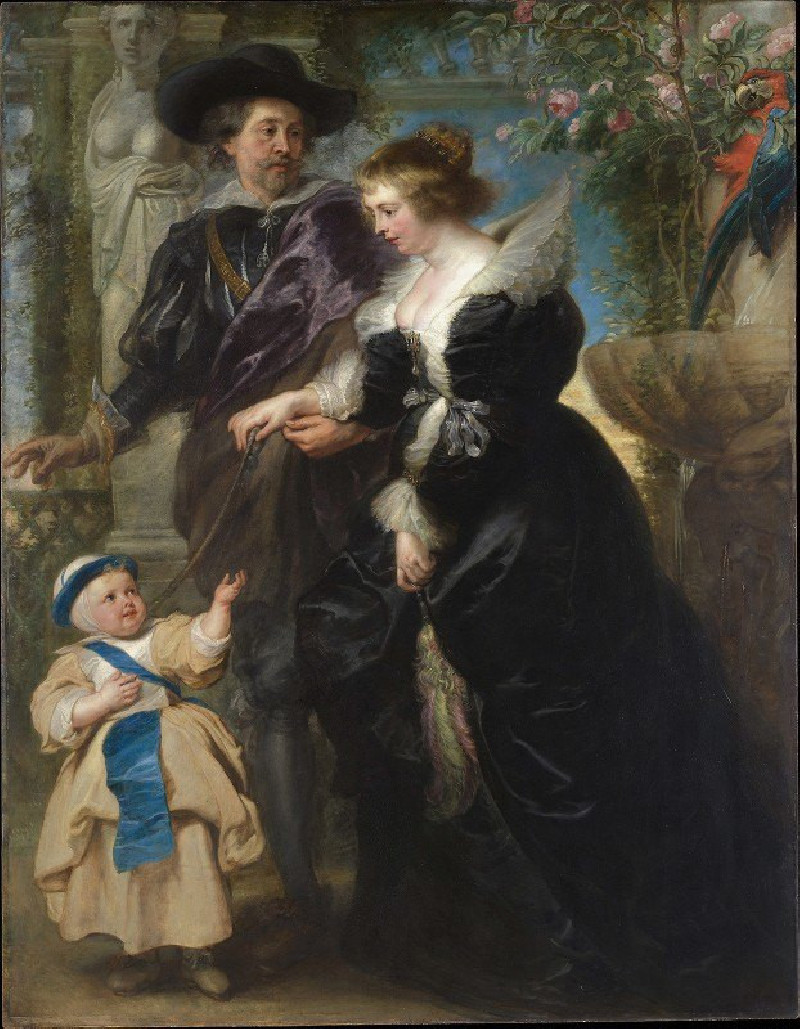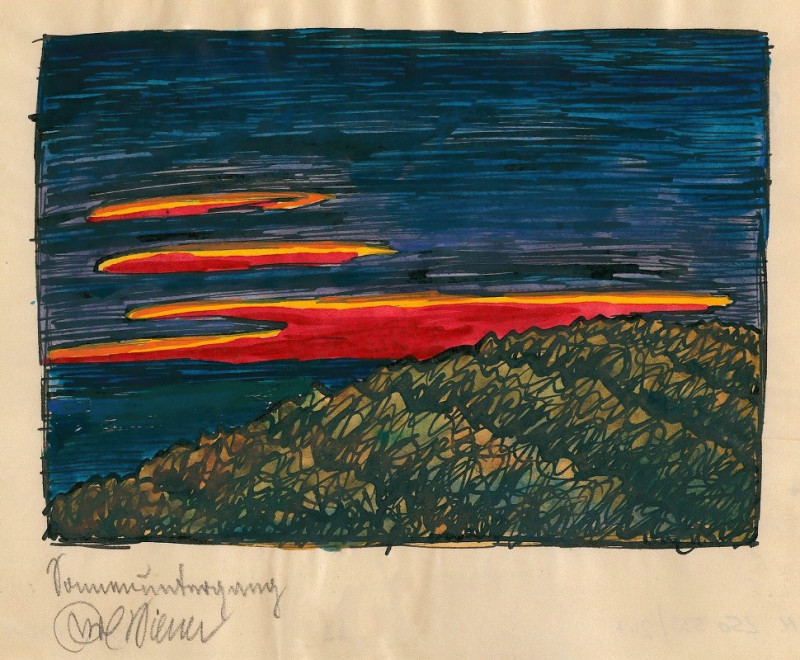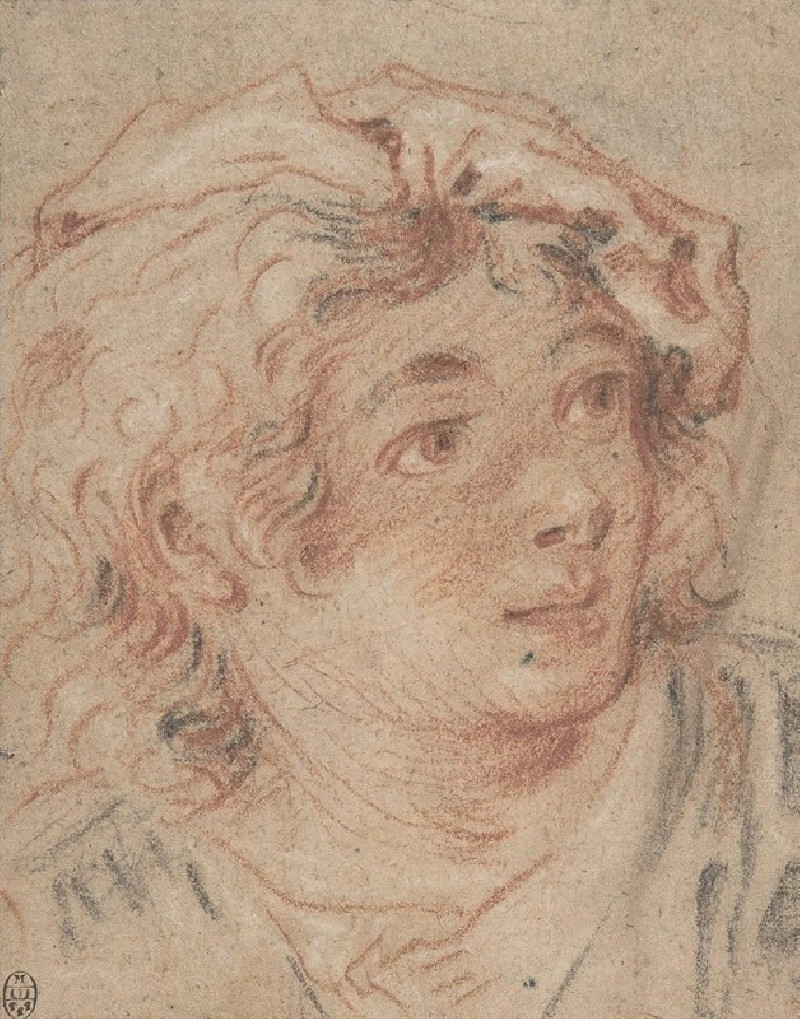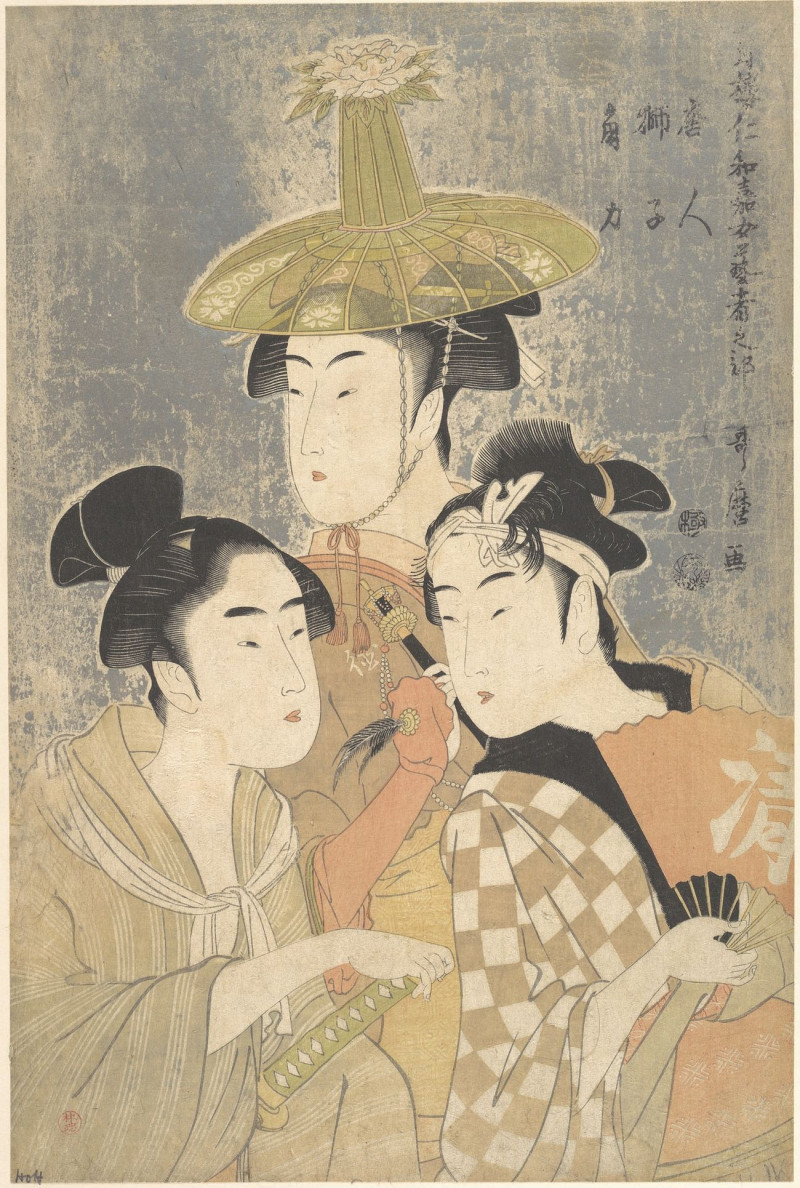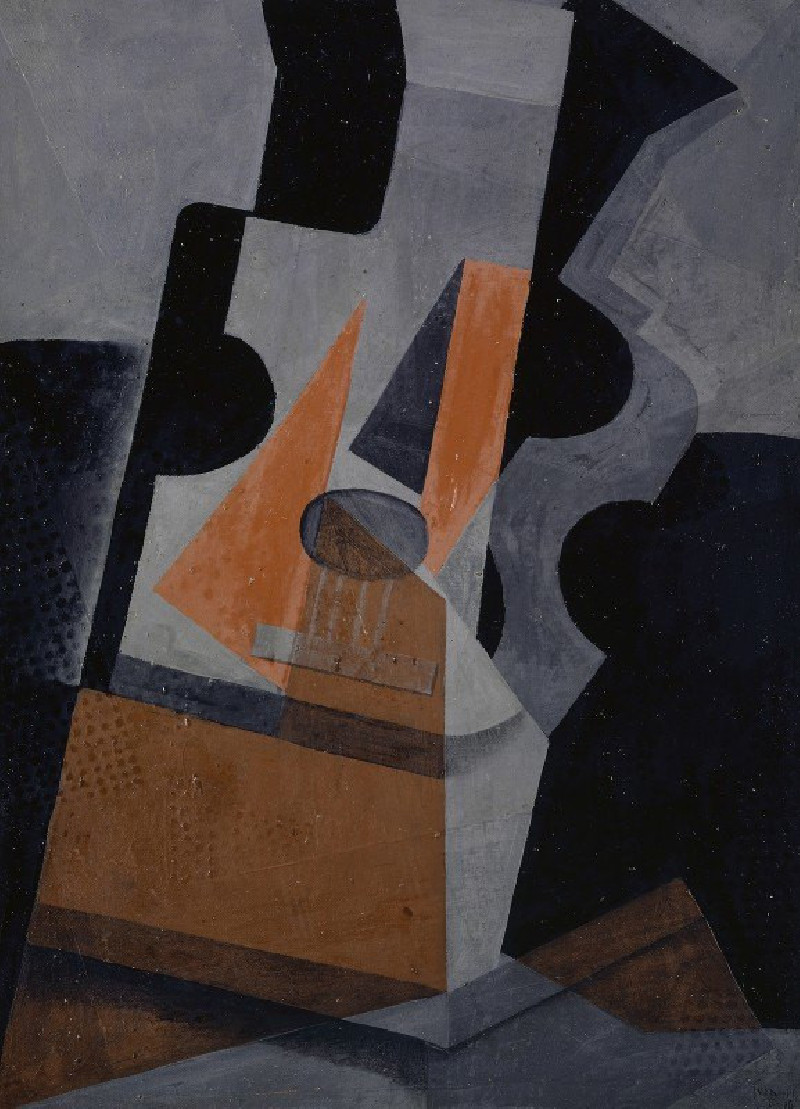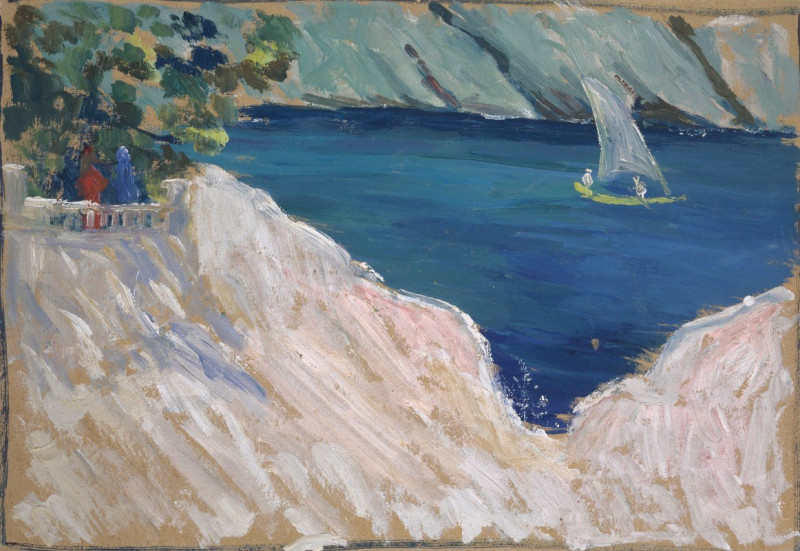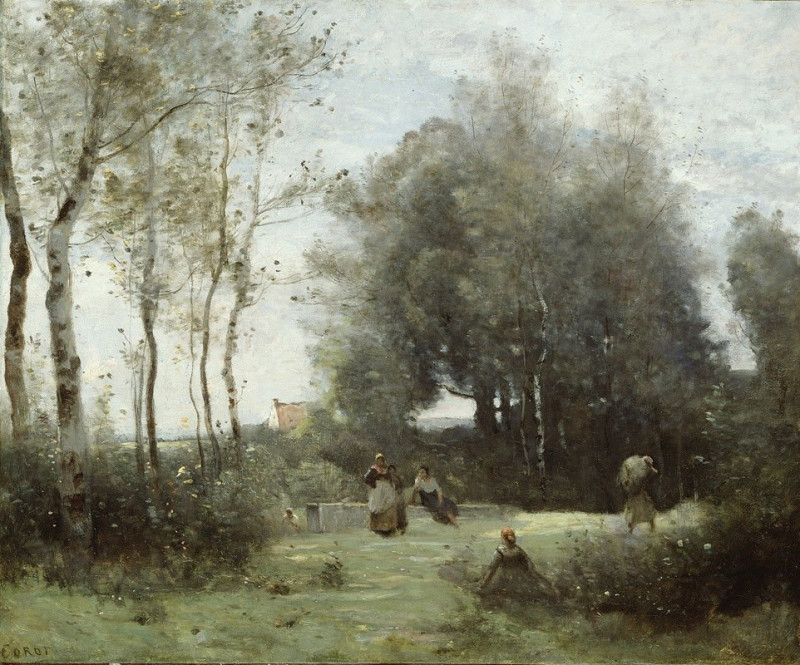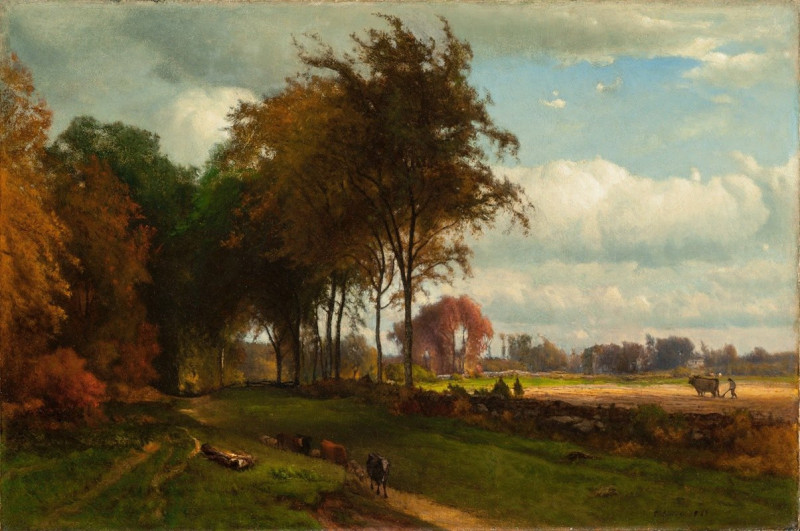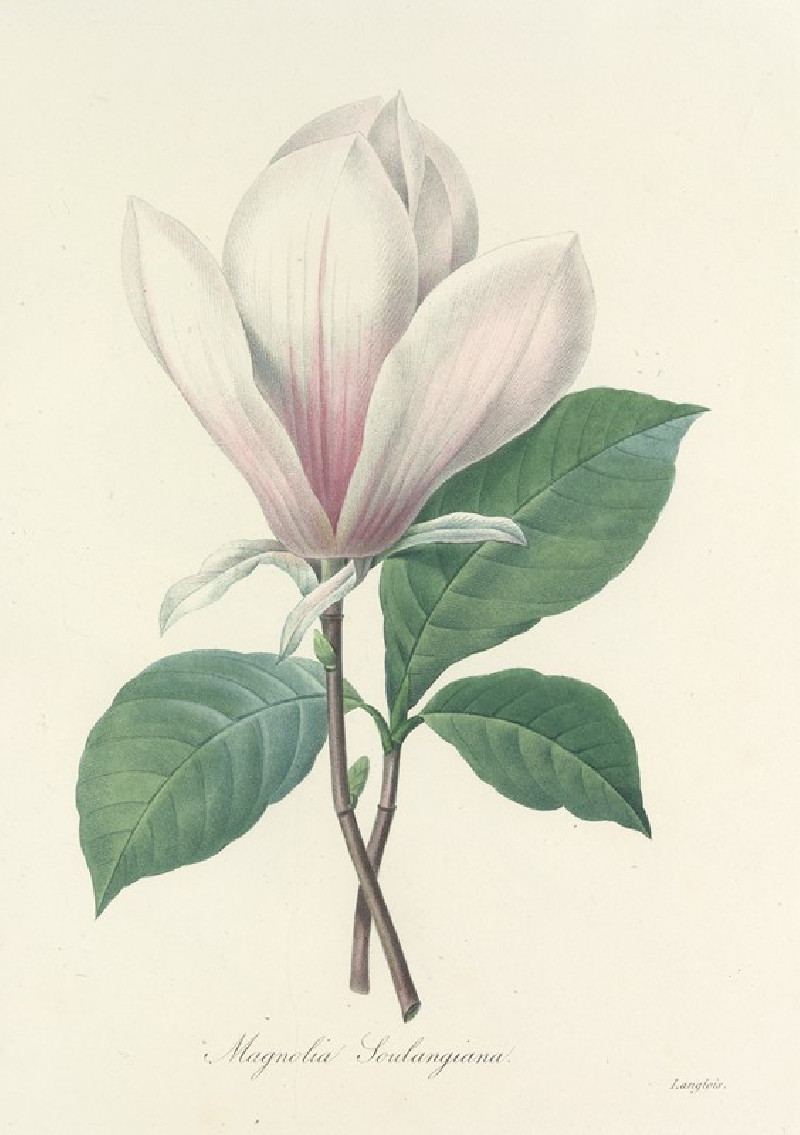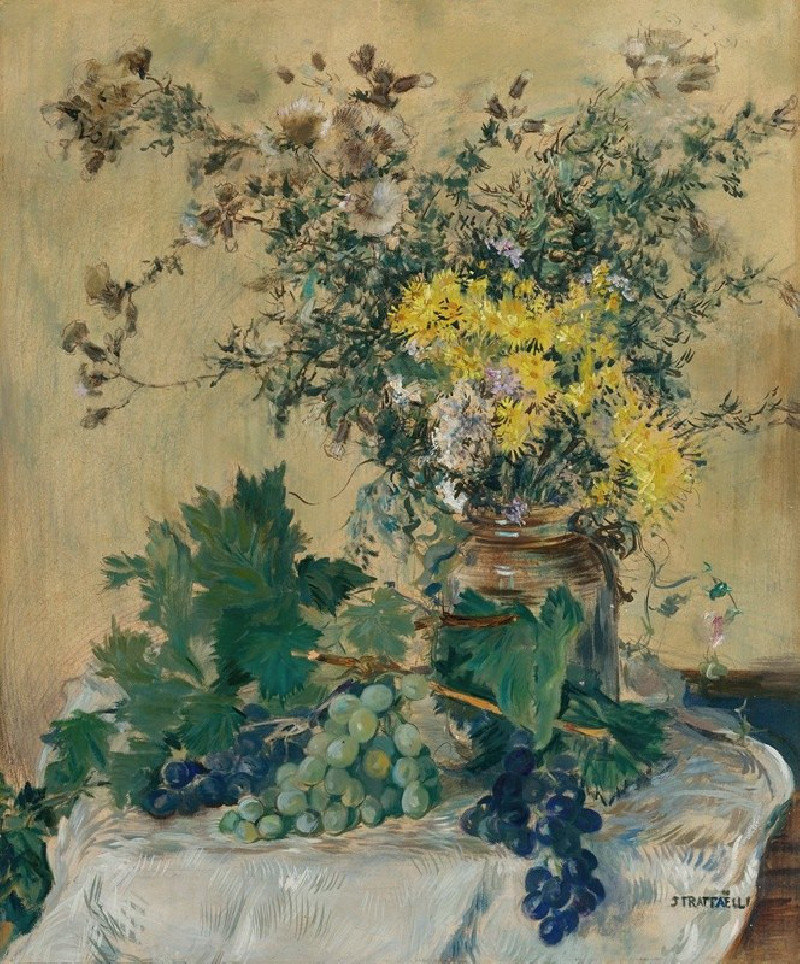Juan Legua (1911)
Technique: Giclée quality print
Recommended by our customers
More about this artwork
Juan Gris's painting "Juan Legua," created in 1911, stands as an exemplary work of the Cubist movement, highlighting the artist's unique approach to form and composition. This portrait depicts an abstract figure, characterized by fragmented and geometric shapes that challenge traditional perspectives of portrayal.In this painting, Gris uses a restrained palette predominantly featuring shades of brown, black, and grey, which enhances the structural complexity of the composition. The subject's features are dissected into bold, angular shapes, suggesting both depth and dimensionality while simultaneously distorting the natural human form. This technique invites viewers to interpret the figure’s expression and mood from multiple viewpoints."Juan Legua" exemplifies Gris’s skill in manipulating light and shadow not just to define the figure but also to create a sense of volume amid the flatness of the canvas. The background and the figure interlock in a dance of shapes, as Gris plays with the borders between the foreground and the background, which are typical of Cubist space concerns.This painting is not just a mere representation but a sophisticated exploration of perception and form, making Juan Gris a critical contributor to the Cubist movement and to modern art as a whole. It offers a profound insight into the way early 20th-century artists broke away from the conventional to pave the path for avant-garde experimentation.

